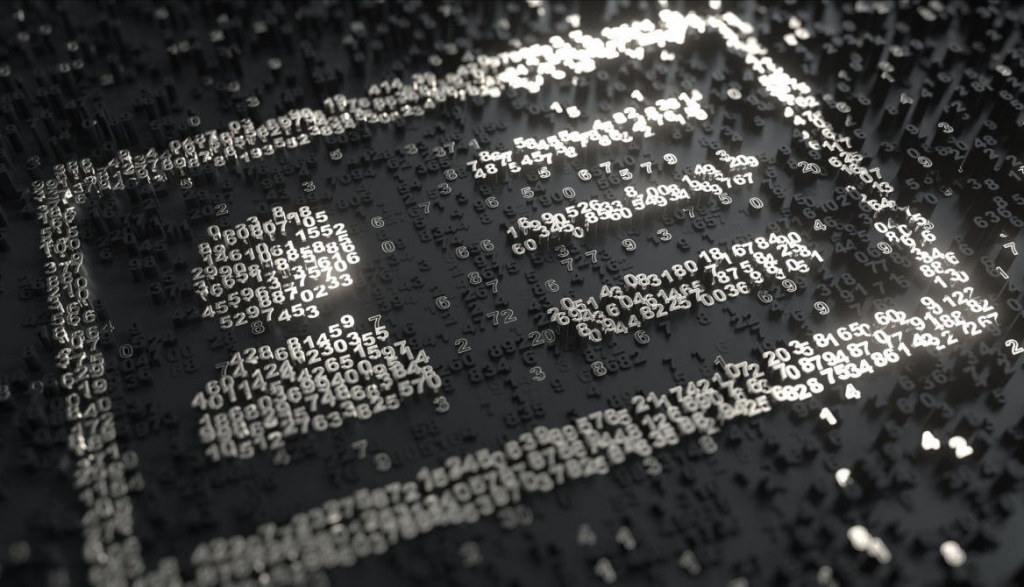4. Trusted digital identity is reliant on physical identity
One of the most important technological trends today is Digital Identification, which is already a daily reality for an increasing number of public stakeholders and individuals. It can be used to validate its owner with certain credentials (such as a unique ID number in India, a mobile ID in Finland or Estonia, or an eID card in Germany, Italy, Spain, or Portugal).
“The value in digital IDs is the ability to provide more citizens greater access to public services like health care, education and government benefit programs in a convenient, seamless and secure way,” Hoff said.
Three general processes—capture, verification, and digitalisation—establish a trustworthy Digital ID. A Physical Identity document, such as a Passport or Card, or a National ID, such as a driver’s licence, is used to collect the subscriber’s ID information. Upon capture, the device uses specialised software to confirm the ID card’s or document’s validity. After a match is made between the biometric data and the Identity Card or document, a Digital ID may be generated. Therefore, you need a Physical Identity Card to issue a Digital Identity Card. We will never have a world where this is not the case.
5. Multi-layered identity issuance is always the most secure
A Physical ID Card and a Digital Identification, when issued together, provide strong, multi-layered protection. Together, the two-form factors present a very secure, highly customised ID that is difficult to forge, saving the governments which use them a lot of money.
The Irish Passport Card is a perfect example: a tightly restricted, extremely secure passport that permits cross-border travel within the European Union. It is an example of how Physical and Mobile ID can co-exist. Mobile Phones can be used by Irish citizens to apply for and pay for their Passport Cards. The overhead and administrative costs for the issuing agency are drastically decreased when the enrolment process is sped up, and citizen convenience is increased without jeopardising privacy. In the end, a Physical Card is still issued, even though various security features and methods, such as online credential authentication, were used in advance to guarantee that the card issued was a “genuine” ID.








